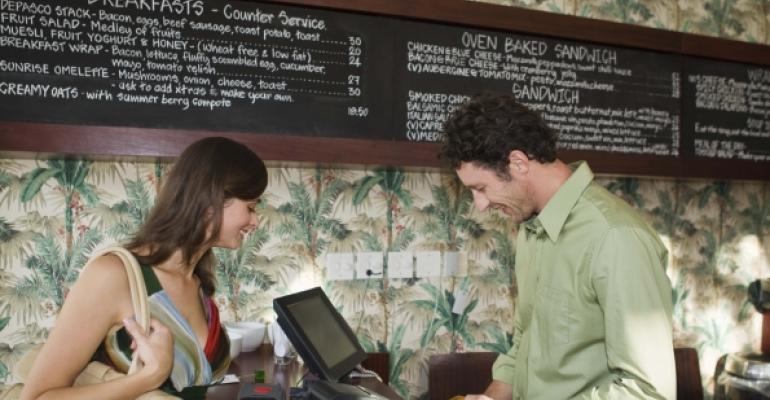Restaurant industry sales and traffic rose in July, according to the latest MillerPulse survey released Friday, but casual dining’s traffic struggles appeared to worsen.
According to the index, which tracks monthly same-store sales and traffic, same-store sales rose 3.4 percent in July, the eighth straight month the index has reported sales above 3 percent. Still, that was 40 basis points lower than in June.
Traffic, however, rose 0.4 percent, slightly below June’s number but still the second straight month of positive numbers.
The improvement was not broad-based. Consumers opted to dine out more often at quick-service restaurants and less often at casual-dining concepts.
Casual-dining same-store sales rose 1.8 percent, a decrease from 2.4 percent in June. But that number masked a 1.8-percent traffic decline. By contrast, quick-service same-store sales rose 4.1 percent, and traffic rose 2.1 percent.
“It’s the same story: QSR outperforming casual,” said Larry Miller, cofounder of the survey. “Casual slipped a little bit. Traffic was weaker. If not for QSR, this would have been a concerning report.”
Casual-dining traffic has been weak for years. MillerPulse shows only two positive months, December 2014 and January 2015, since first reporting in 2012. Casual-dining sales have underperformed limited service every month since 2011.
But despite the drop in sales from June, they were relatively consistent with most months so far this year. Consumers are dining out less at casual-dining restaurants, but when they go out, they are spending more money.
“They’re clearly ordering appetizers and other items,” Miller said. “Restaurants are upselling the check. Customers are ordering bigger burgers, that kind of thing.”
Miller said it’s not a sign that prices are increasing — prices have actually fallen recently. But customers are more likely to splurge than they had in the past.
“That also may be a function of what the restaurants are doing,” Miller said. “Either the restaurants are doing a better job of loading items on the menu with a higher average ticket, or consumers are adding on things like desserts or appetizers or drinks. They’re splurging a little bit.”
At the same time, however, there remain a strong component of customers who are value conscious. “That’s two contradictory things,” Miller said. “Value is up, and check is up. Usually you can’t have both. But there are definitely more value incidents.”
Miller doesn’t believe this is sustainable for very long. At some point, he said, customers are going to bring spending back down, which would exacerbate the casual-dining traffic problem.
“At some point the consumer is not going to feel great,” he said. “The election might not go well. Oil pries could rise again. But right now it seems that they have some disposable income and they’re spending it.”
For the most part, however, Miller said the report was a positive one, with strong sales and higher traffic for the industry as a whole. After all, just 18 months ago the industry was struggling to get sales up past 1 percent.
“Now we’re in the mid-three range,” he said. “Those are good numbers. We’re making a little bit of a hike up the mountainside. What’s lacking is traffic growth.”
Contact Jonathan Maze at [email protected]
Follow him on Twitter: @jonathanmaze




